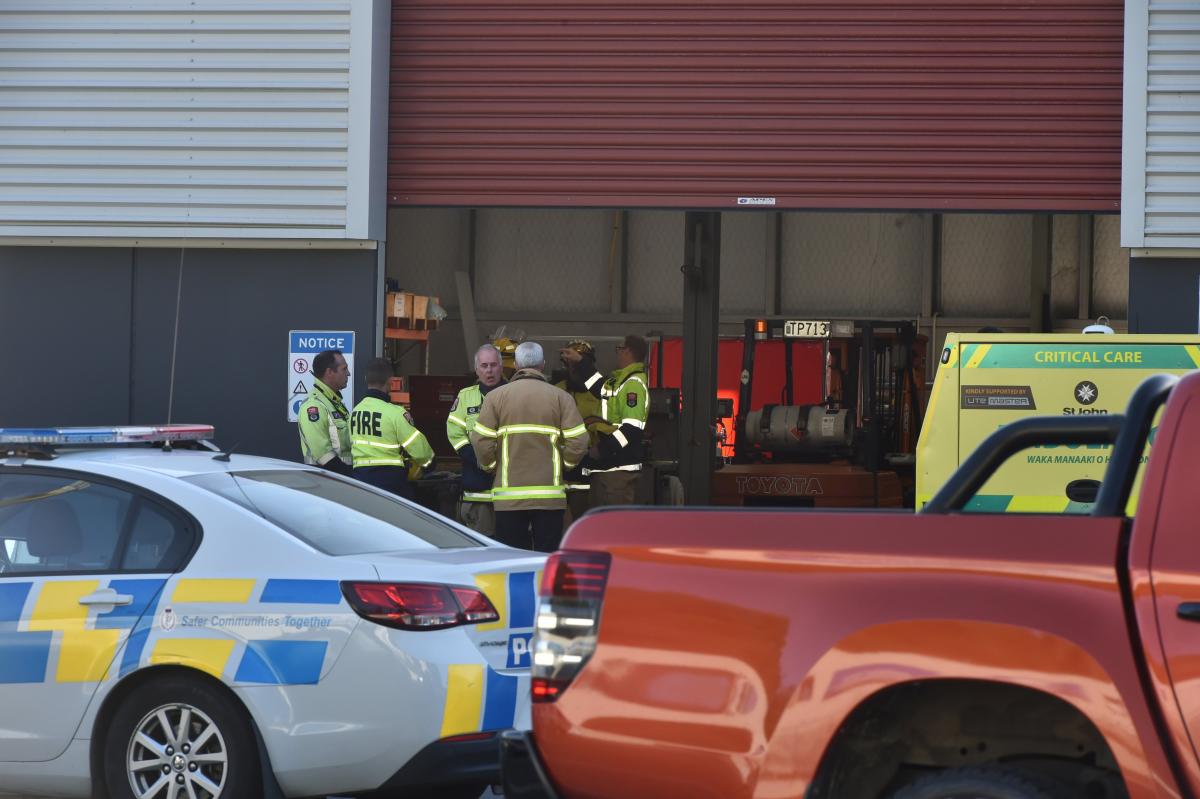A Christchurch aerospace company has successfully launched its solar-powered aircraft from Banks Peninsula into the stratosphere for the first time.
Taking off from the Tāwhaki National Aerospace Centre near Birdlings Flat, the Kea Atmos Mk1b UAV (unmanned aerial vehicle) completed the milestone flight on Saturday.
The flight, conducted within Kea Aerospace’s special use airspace, reached an altitude of over 56,284ft (17155m).
Kea Aerospace chief executive Mark Rocket said it marks another significant achievement for New Zealand’s aerospace sector.
The mission started just after 8am and the flight lasted 8hr 20min.
The plane flew 18.9 nautical miles (35km) from the take-off area, covering a total distance of 420km, before touching down again on the peninsula just before 5.30pm.
Rocket said flying in the stratosphere puts the UAV above the weather, high winds and other aircraft and allows the solar powered UAV to fly continuously for several months.
“The use of solar power eliminates the need for refuelling, significantly reducing the Kea Atmos’ carbon footprint.
“The aircraft is designed to carry payloads for earth observation, telecommunications and technology testing.
“A key focus is on aerial imagery applications, including environmental monitoring, maritime domain awareness, precision agriculture and disaster response.
“This stratospheric flight puts Kea Aerospace alongside just a handful of other international companies that can achieve solar-powered flight to high altitudes.
“It’s not an easy enterprise to balance the aerodynamic, power and weight allowances for this type of aircraft, whilst flying in conditions of -50 deg C with only 10% of the air density we experience at sea level.
“Kudos and congratulations to our CTO, Dr Philipp Sueltrop and the Kea Aerospace team, it’s a phenomenal result to join the rarified stratospheric club.”
The Kea Atmos Mk1 has a 12.5m wingspan and weighs less than 40kg. It is designed for dawn-to-dusk missions.
Rocket said Kea Aerospace will continue to conduct stratospheric flights with the UAV, carrying payloads for government and commercial customers.
Kea Aerospace will also start the design phase for its larger Kea Atmos Mk2 aircraft this year. The Mk2 will be able to make multi-month endurance flights.
Said Rocket: “We feel very fortunate to do our aerospace R&D work in New Zealand, we have been extremely well supported by entities such as the Tāwhaki National Aerospace Centre, Civil Aviation Authority, Airways, Callaghan Innovation, the New Zealand Space Agency and the Ministry of Business, Innovation and Employment. Thank you for enabling us to make this happen.”















